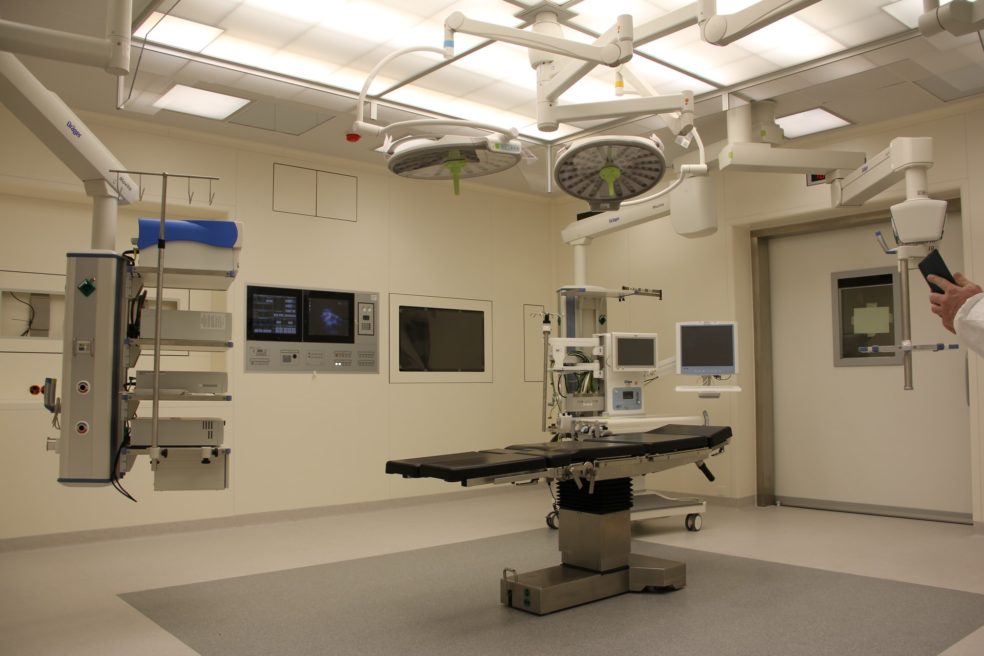Localization Pressure in China's Healthcare Industry
China’s rising demand for healthcare products and especially medical devices has been a major growth driver for both international and domestic companies in recent years. But barriers to participate in the booming MedTec market as a foreign company are becoming higher, since the Chinese government is increasingly pushing for localization.

How is China’s healthcare industry developing?
China’s rising demand for healthcare products and especially medical devices has been a major growth driver for both international and domestic companies in recent years - supported by a general rise in accessibility and affordability of health services. Further increasing purchasing power and premiumization coupled with an aging population will make this trend likely persist over the next decades.
In recent years, the Chinese government has clearly highlighted the importance of this industry in major high-level government policies, aiming to boost its domestic development:
- Healthy China 2030: First strategic plan in health sector developed at national level with particular focus on prevention, DRG payment model, diversification of healthcare providers and innovation
- Made in China 2025: “Medical” identified as one of 10 key priority industries for innovation, with focus on improving and internationalizing manufacturing as well as innovation
- 14th Five-Year Plan: Attention on development of diagnostic imaging equipment, medical robots, new implantation devices, biomedical materials, wearable equipment, etc.
Why and how is China pushing localization in the healthcare industry?
Barriers to participate in the booming MedTec market as a foreign company are becoming higher, since the Chinese government is increasingly pushing for localization – both to reduce overall health care cost as well as to bring key know-how and value chains into the country. For example, the Made in China 2025 initiative aims for top Chinese hospitals to use 95% more domestically produced devices by 2030. In addition, the recently introduced centralized volume-based procurement policy will further strengthen unwritten “buy-local” practices, creating price pressure as well as need for localization.
Most recently, in May 2021, the Chinese Ministry of Finance and the Ministry of Industry and Information Technology issued new "Auditing guidelines for government procurement of imported products", which were sent to local hospitals and state-owned buyers. The purchasing guidelines set local content requirements of 25-100% for 315 items. For example, 100% local content is required for items such as X-ray machines and magnetic resonance imaging equipment.
Which implications do we see for MNCs operating in China?
Sooner or later, foreign companies will have to localize their products or production to be able to achieve continuous success within a Chinese market shifting to domestic products:
- (Re-)Check the local competition and be sure about your unique selling point: even if your market position is currently not endangered, you should nevertheless consider checking the feasibility of further localization
- If you are in one of new categories included in the new regulations or part of volume-based procurement developments, consider localizing your product or your manufacturing process if possible, e.g. by finding partners or establishing your own production plant
- Ideally utilize your own “boots on the ground” as well as a strong distribution partners for an effective omni-channel approach in an increasingly localized environment





